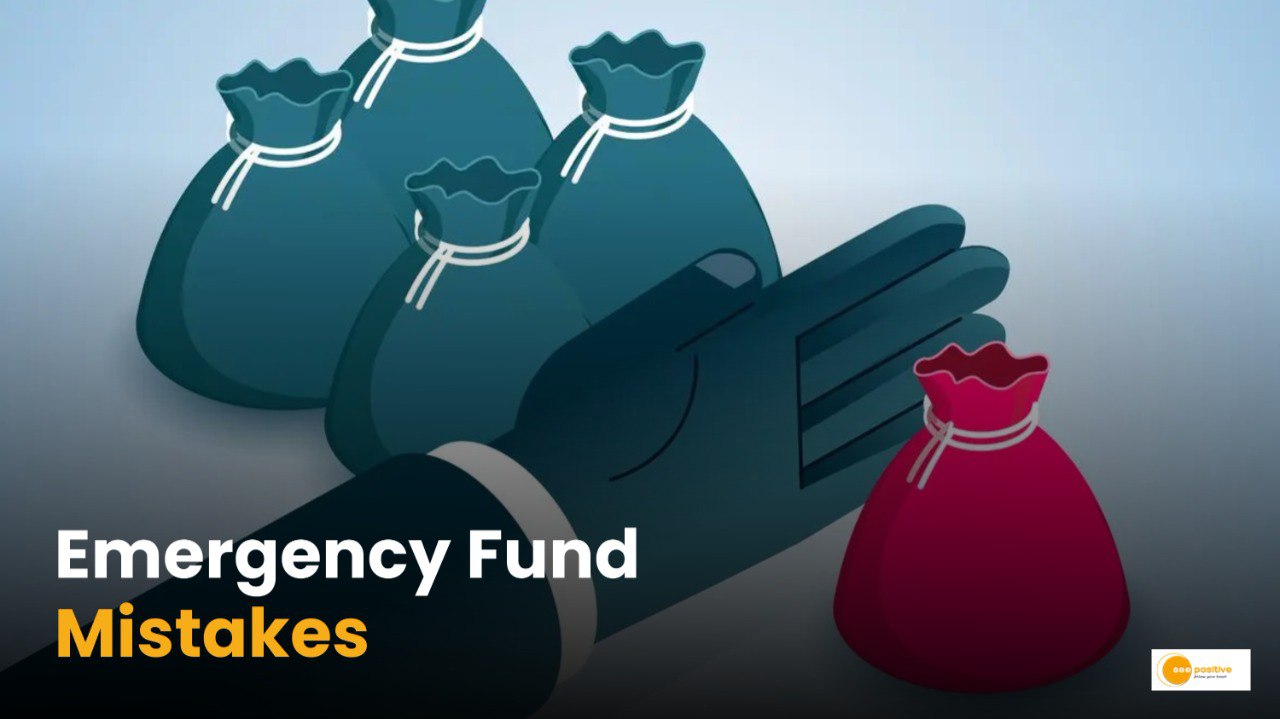Emergency Funds are one of the most important pillars of financial security. But many people, in the hope of earning better returns, make a critical mistakes. Emergency Funds’ the money set aside to handle life’s unexpected events. Whether that’s a medical emergency, job loss, urgent home repairs. Or anything else that requires immediate financial attention. They invest their emergency funds in stocks or equity mutual funds. While this might seem like a smart way to “make your money work,” it can backfire badly when you actually need the money the most. Read on this useful article on how to avoifd these mistakes.
The Purpose of an Emergency Fund
Emergency Funds – mistakes to avoid
The core idea behind an emergency fund is safety and accessibility, not high returns. You’re not trying to grow this money—you’re trying to make sure it’s there whenever you need it, without delay or loss.
The two most important qualities of an emergency fund are:
- Instant Liquidity – You should be able to access the full amount within a few hours or at most 24 hours.
- Capital Protection – The amount shouldn’t reduce in value due to market fluctuations.
What Happens When You Invest Emergency Funds in Stocks?
Emergency Funds – mistakes to avoid
Stock markets are inherently volatile. A sudden dip can reduce the value of your investments by 10% or more in just days. If you’ve invested your emergency fund in such instruments and a crisis strikes during a downturn, you may be forced to:
- Sell at a loss, locking in lower value.
- Pay exit loads or penalties for withdrawing early.
- Wait days for fund settlement, delaying access when you need the money immediately.
In such situations, people often end up borrowing from friends or taking expensive loans—completely defeating the purpose of having an emergency fund in the first place.
Where Should You Keep Your Emergency Fund?
Emergency Funds – mistakes to avoid
Instead of chasing high returns, focus on safety and quick access. Here are some smart places to park your emergency money:
- High-Interest Savings Accounts: These offer instant access and some interest, without putting your capital at risk.
- Sweep-in Fixed Deposits (FDs): These link your savings account with an FD. You get better interest, and the money is automatically moved back into your account when needed.
- Liquid Mutual Funds: These come with T+1 settlement (money arrives the next working day), low risk, and more stable returns.
- Money Market Funds: These are low-risk mutual funds with stable Net Asset Values (NAVs), suitable for short-term parking of funds.
Final Thoughts
Trying to “grow” your emergency fund by investing in volatile assets is a risky move that can cost you dearly when life throws a curveball. The purpose of this fund isn’t to earn—you already have your other investments for that. The emergency fund is your safety net. Treat it like one.
If you can’t access 100% of your emergency fund within 24 hours, without penalty or loss, it’s not doing its job. Keep it simple, keep it safe, and don’t let the desire for returns put your financial safety at risk.
You may also like: https://seepositive.in/business-economy/sip-vs-emi-10-things-you-must-know-a-complete-guide/


